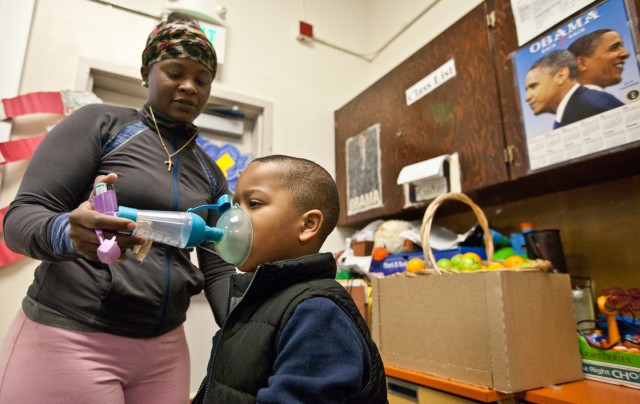
California’s network of 230 school-based health clinics are set to incubate a new education program meant to address the environmental factors that trigger asthma attacks. The Environmental Protection Agency (EPA) awarded a $600,000 grant to the Oakland-based Public Health Institute’s Regional Asthma Management & Prevention (RAMP) program. RAMP is now set to design a training program for the state’s school-based clinic staff on how to prevent and manage environmental asthma triggers in school, at home and in the community.
Asthma affects 900,000 children in California and seven million children nationwide. The disease causes airways in the lungs to swell and narrow. This makes breathing difficult. Oakland’s network of school-based clinics have been on the forefront of providing asthma education and treatment to its school-aged children, but will now have an added resource to address the environmental risk factors.
“There’s a stigma around having asthma and how you deal with it,” said Hana Shirriel-Dia, adolescent services coordinator at the West Oakland Middle School Health Center. She and her colleagues work with an Oakland Unified School District nurse and physical education teacher to identify kids at the school who have breathing problems. Clinic staff then provide medical treatment and counseling on asthma management, so kids can continue to play sports and run around with other students.
“I always tell myself I can fight through my asthma no matter what, and that’s not an excuse to say I can’t play sports,” said 11-year-old Maurice Patton III. He’s been taking the asthma class offered at the health center, which helped him identify the environmental triggers at school, home and in his community. He’s also learned some techniques to slow down, take deep breaths and calm himself when he’s having an asthma attack.